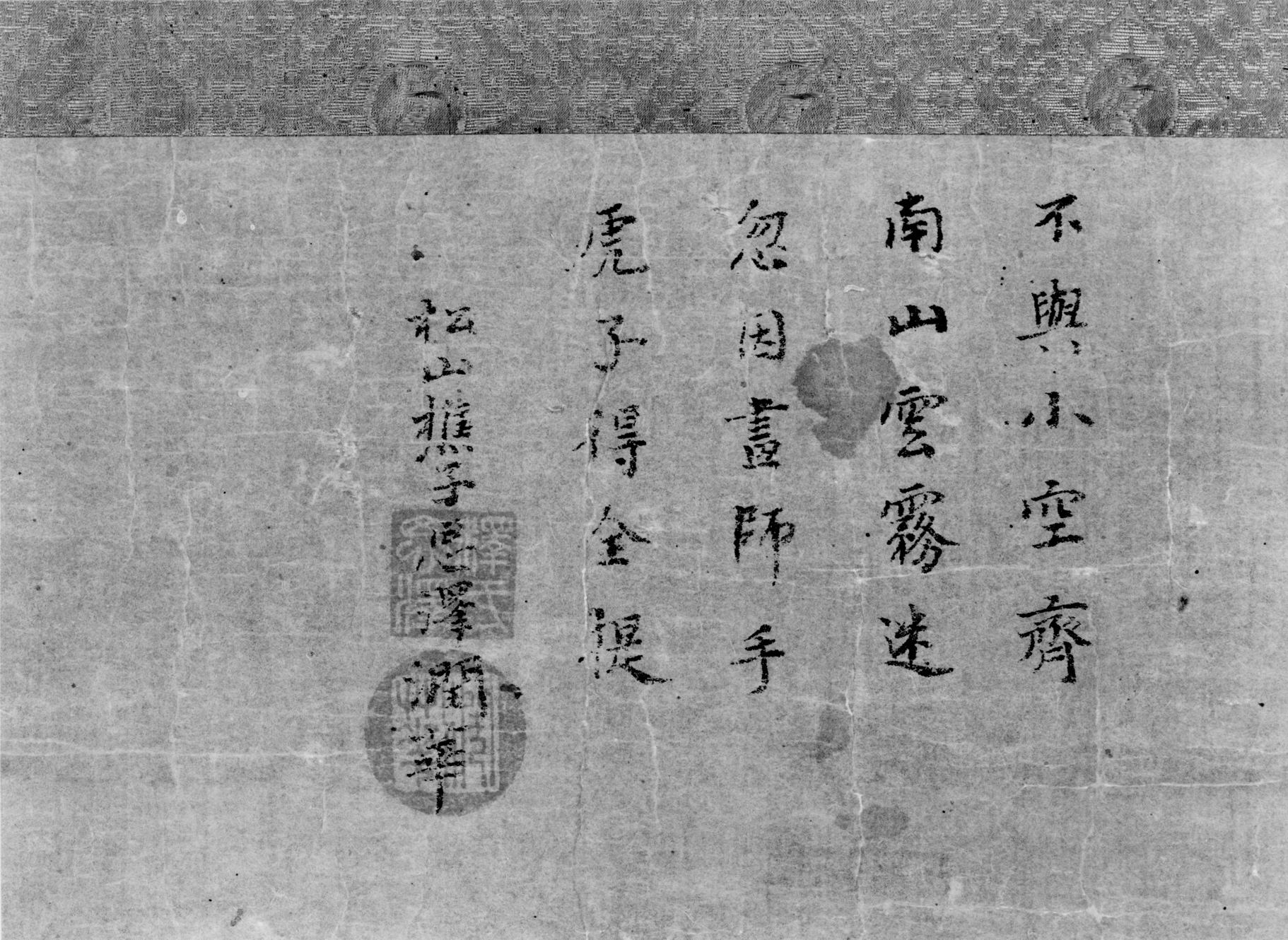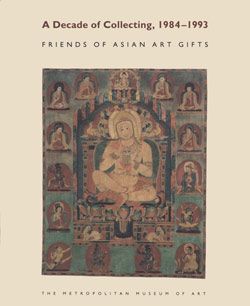Tiger
Meisō Japanese
Not on view
The tiger has long been an auspicious symbol of power throughout Asia, in both popular culture and elite society. In East Asian art a tiger in a bamboo grove conveys the idea of a peaceful and harmonious society, strong leadership, and just government, as it is one of the few animals able to navigate the thick bamboo forest. With its almost whimsical treatment of the animal, this work resembles Korean tiger paintings of the Joseon dynasty (1392–1910); however, the loose, free brushwork is more characteristic of Japanese renditions of the subject. The artist, Meisō, was almost certainly a Japanese monk-painter. An eighteenth-century monk named Shitaku Junka, about whom little is known, composed the inscribed poem.
Due to rights restrictions, this image cannot be enlarged, viewed at full screen, or downloaded.
This artwork is meant to be viewed from right to left. Scroll left to view more.





